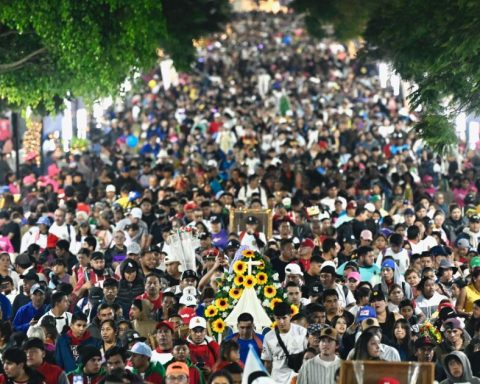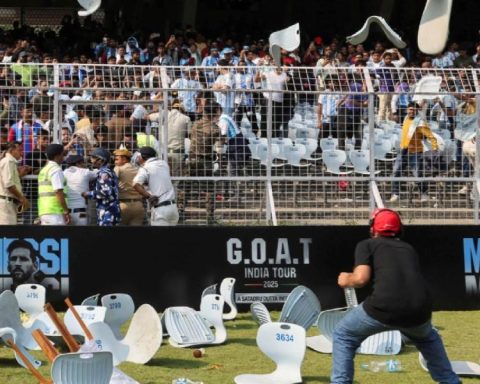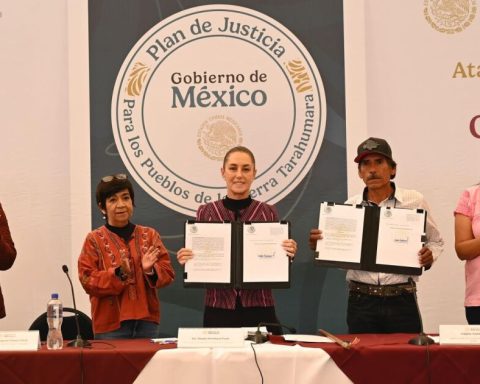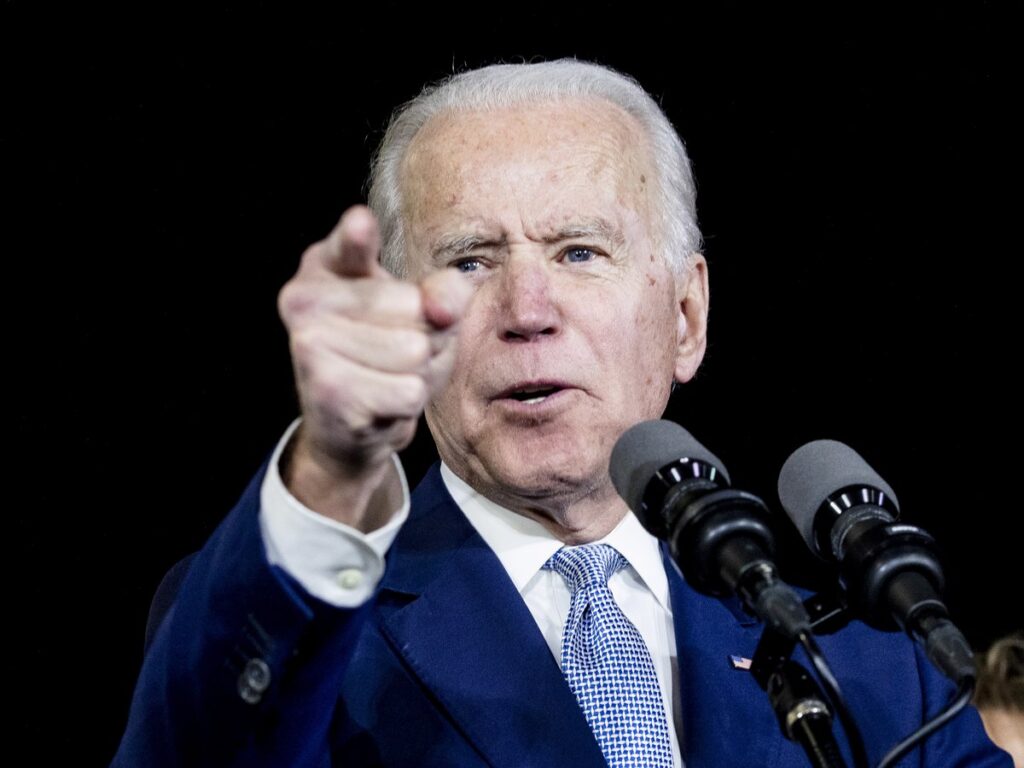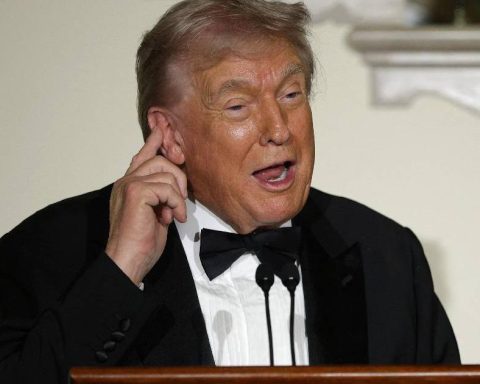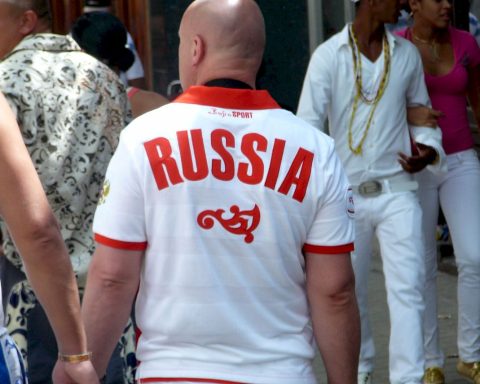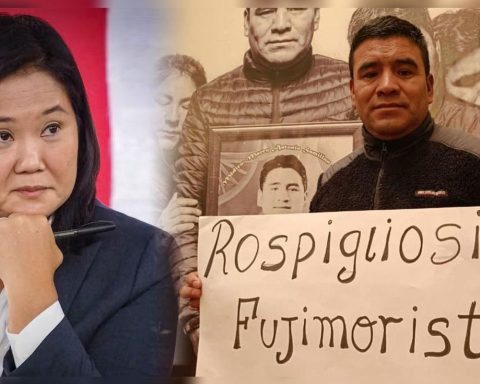Any comparison with the percentages of participation in past electoral processes is, to say the least, problematic.
There is one fact, however, that without incurring false equivalences or forced comparisons does not fail to attract attention: the minimum threshold that López Obrador reaches every time he is on the ballot. In 2006 he got 14.7 million votes; in 2012, 15.8; in 2018, 30.1; and now, in 2022, at the time of writing this column, the figures indicate that he will be around 16.3 million.
His leadership, in short, has been consolidated into a hard core of electoral support that has around 15 million basically unconditional voters. What does that threshold mean in the context of his fourth year in office?
It is a strength to the extent that there is no other figure, not even remotely, that has been tried so many times or arouses such support. Against all odds, through thick and thin, that political “floor” of López Obrador is not even held by the parties, none.
Although it is a weakness insofar as everything indicates that Sunday was the last time he was on a ticket and that this strength is not going to be transferred automatically to Morena or to whoever ends up winning his candidacy for the presidency in 2024. For better and for worse, that strength is yours, it is unique and it is not transferable without loss.
The geographical distribution of the participation in the consultation also offers some indications about the territorial accents of this hard-core lopezobradorista.
On the one hand, the states in which the participation was above the national average of 17.7% are mainly in the districts of the south-southeast and the center of the republic, where the bulk of the morenista governorships are located. (10 of 16). The only anomalies in this regard are Tamaulipas (which belongs to the northeast constituency and is governed by the PAN) and Hidalgo (which is in the western constituency and is governed by the PRI).

